Three-step cell enrichment in 20 minutes
In cellular biology, downstream assay results are highly dependent on the quality of the preliminary samples used. Poor quality samples – such as those containing a high percentage of dead cells and debris – will produce poor results. It is the fundamental quality of the starting sample that ultimately dictates the quality of the results, and it is the sample preparation step which is often the most difficult to achieve successfully.
By utilizing the LeviCell® platform for cell isolation, scientists have consistently demonstrated robust enrichment for a wide range of target cells – without affecting cellular expression or original population representation.
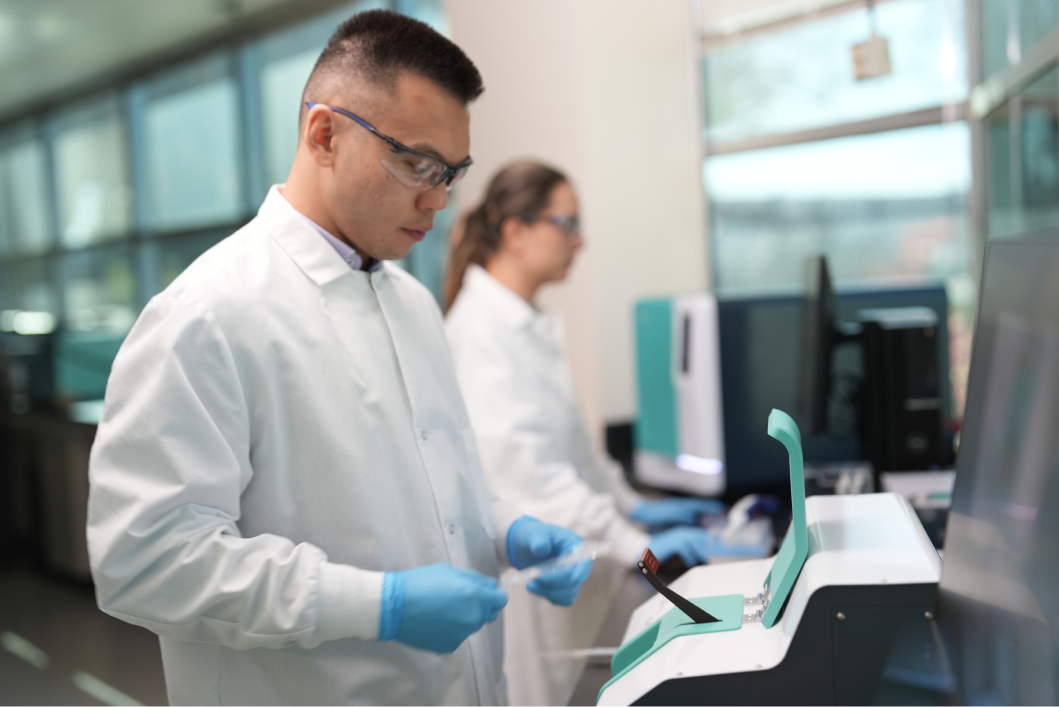
In traditional methods used to separate specific cell types from a mixed population include magnetic beads, gradient purification, and flow cytometry. Although these techniques are widely accepted, they are not necessarily the most efficient or effective way to enrich for a target cell population.
These issues are not taken lightly, as they come at a price: the expenses associated with garnering difficult-to-obtain samples, materials, and labor; the immeasurable cost of frustration; and the irreplaceable expense of time. To this end, the LeviCell is a game changer.
LevitasBio® has developed an innovative Levitation Technology that uses less than 1 psi of pressure to enable a touch-free, label-free, three- step enrichment process that takes only 20 minutes to complete. This can be applied seamlessly to a wide range of research areas and workflows.
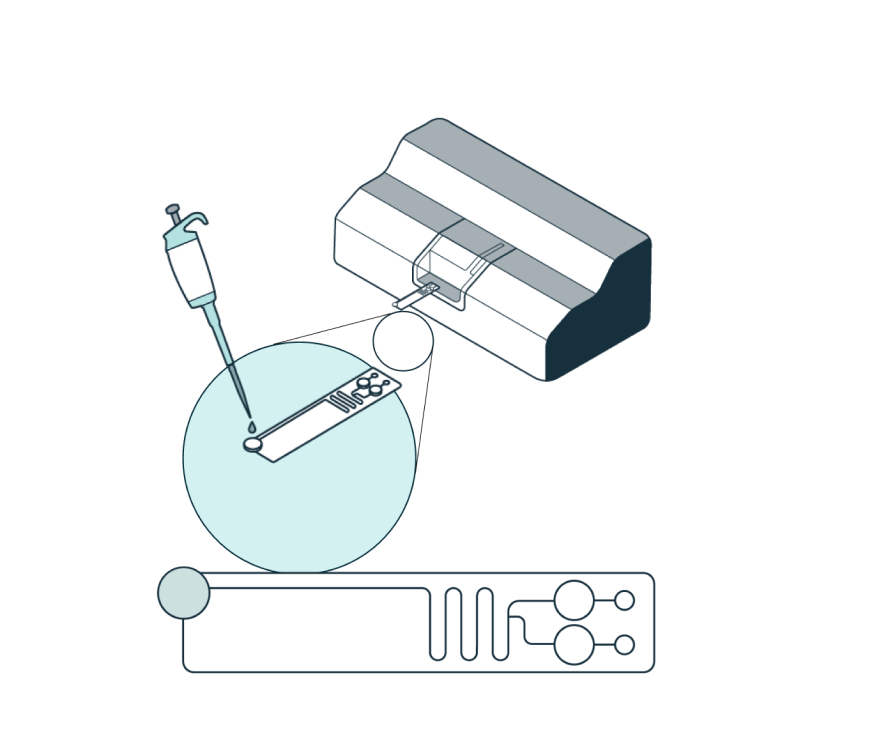
Prepare the sample by adding the Levitation Agent, a paramagnetic solution. After inserting the cartridge into the system, dispense the sample into the inlet well.

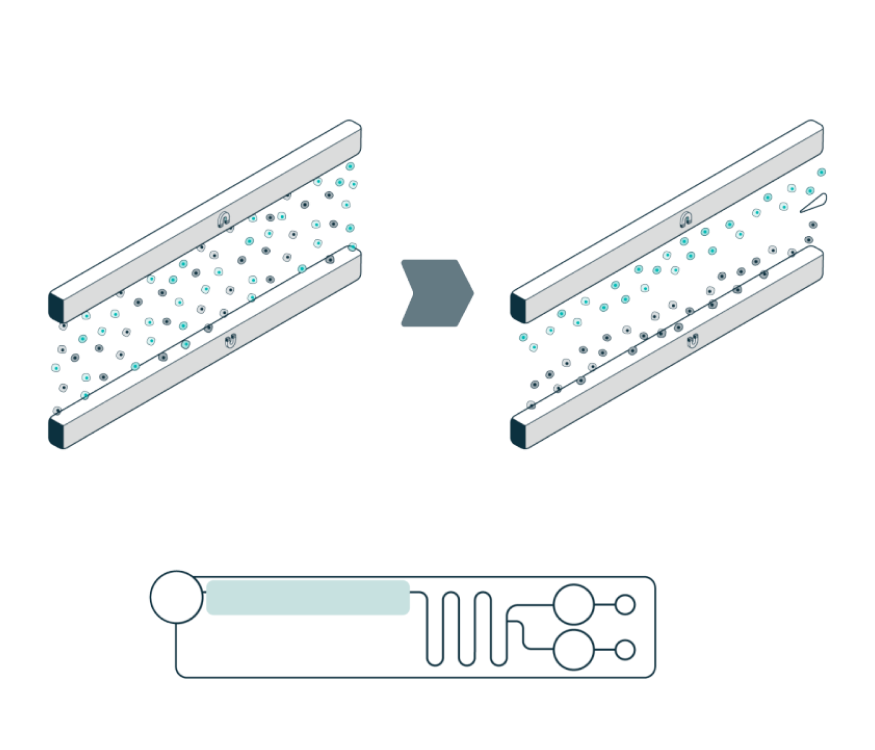
The system automatically loads the sample into the separation channel while the sample is imaged and levitated. The system performs automated, label-free enrichment plus debris removal via levitation.

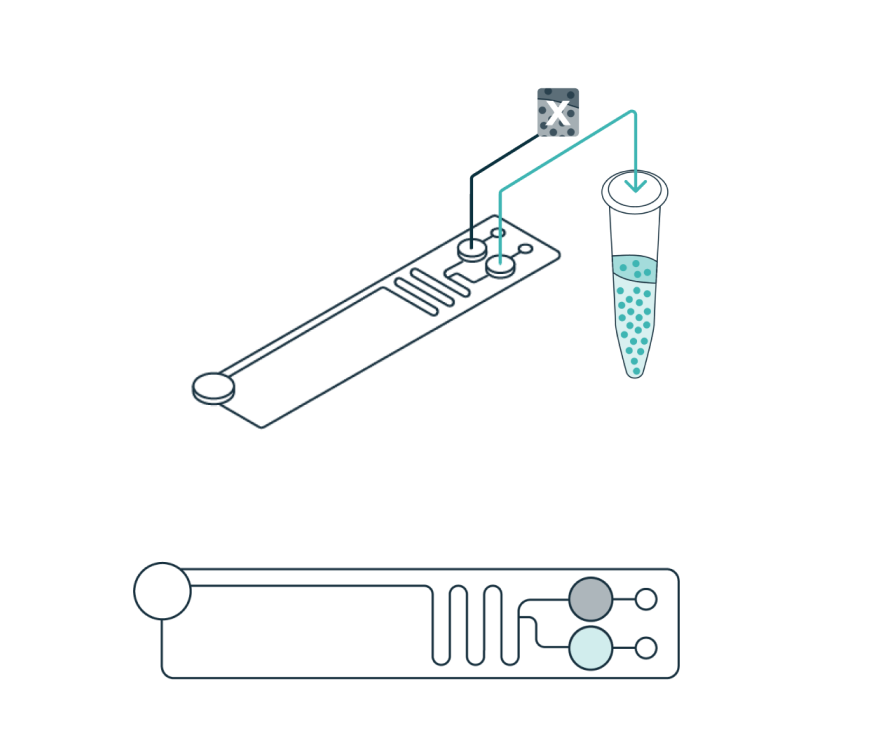
Once the cells have levitated to their final equilibrium position, a live view in the software enables the user to define how the sample will be divided (fraction of interest and waste). Separated fractions are collected into the cartridge outlet wells.

Viable cells levitate much higher than dead cells and debris, allowing for clear separation and collection by the LeviCell systems. Start with high-quality cells every time for the best and most accurate results. This gentle yet effective process makes it possible.
Maximize cell viability
and enrichment
Preserve of cell
population representation
Minimize the risk of
contamination and damage
Maximize data for
every sample analyzed
The innovative label-free separation technology of the LeviCell systems facilitate complete debris and dead cell removal without affecting the original population representation of gene expression (please see our Population Representation application note for additional data on how the LeviCell maintains the original population representation).
When it comes to single-cell study, purity and viability of cells harvested from the sample preparation stage is a determining factor for generating high quality data in downstream assays such as NGS (Next Generation Sequencing).
LeviCell demonstrated the successful removal of dead cells and debris from a variety of primary samples while maintaining the original representation of the populations found within the sample. Furthermore, the LeviCell was able to enrich a low starting number of live cells to a final viability of >90%, exhibiting a capacity for scalability regardless of starting number of cells. 100,000 cells from each of two dissociated tumor cells (DTCs) were successfully processed and enriched to a final viability of >90% through removal of dead cells and debris in 3 steps and 20 minutes.
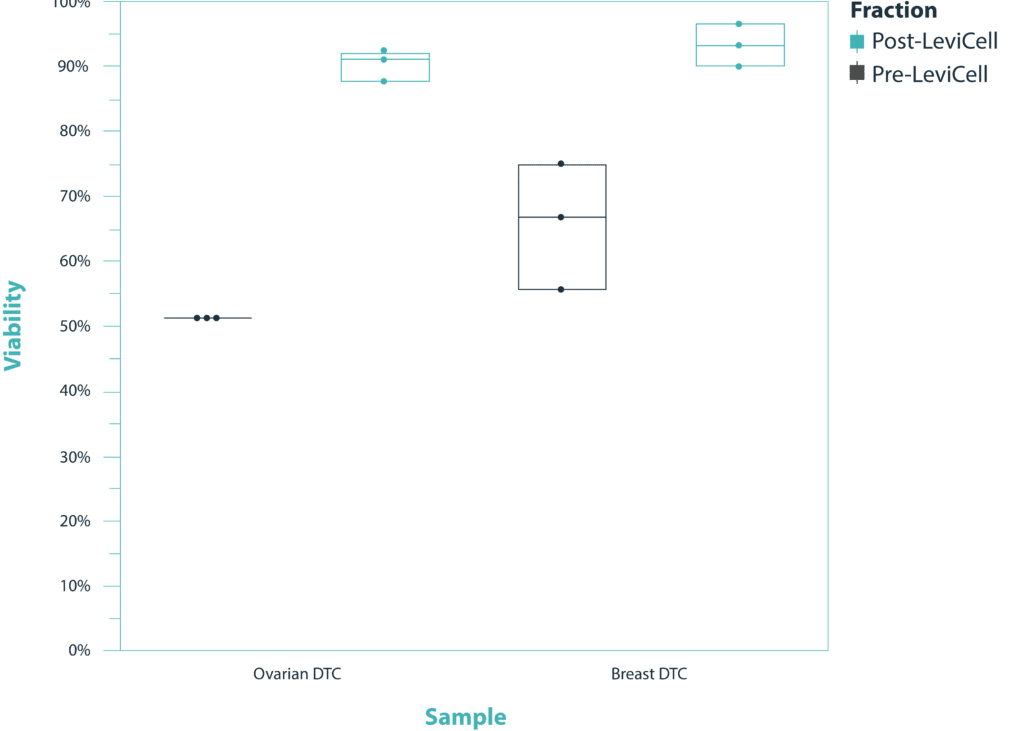
The ovarian sample was split into two fractions of 100,000 cells and each fraction independently processed using either the LeviCell system or a popular bead-based dead cell removal kit. The output from each enrichment method was analyzed by manual cell counting using a Trypan Blue stain and a hemocytometer. LeviCell clearly outperforms the standard bead method in both Yield and Viability, while providing a faster, simpler and much more accommodating workflow when working with challenging samples. Additionally, LeviCell maintains the original cellular representation of the native sample without affecting the gene expression profile or activation state in even the most sensitive cell types.
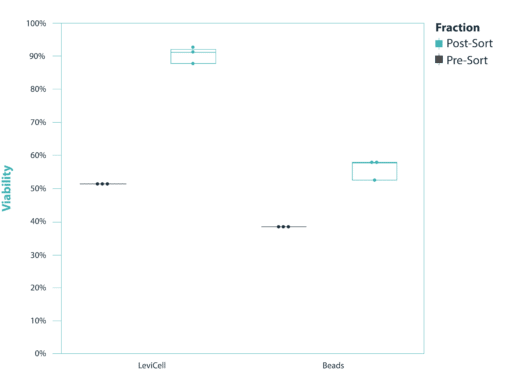
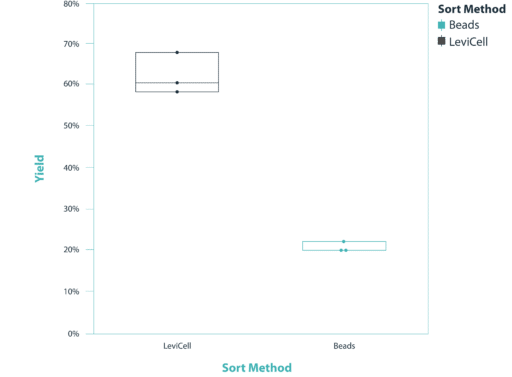
Maximum levitation height difference between differentiated and undifferentiated adipocytes was achieved using 30 mM of Levitation Agent (Figure A). As the concentration of Levitation Agent increased, overall levitation height of both populations increased while the distance between differentiated and undifferentiated cells decreased.
The data on the right show how LeviCell’s gentle cell separation approach enables the study of notoriously delicate and sensitive primary cell types without compromising the integrity of the original cell populations. Sorted and unsorted ovarian DTC samples were blocked with TruStain human Fc Block for 15 minutes at RT then stained with 5 μL each of anti-CD45, anti-CD19, anti-CD11b, and 10 μL of anti-CD3, for 30 minutes at room temperature. Samples were washed with FACS buffer (0.5% BSA in PBS) once before analyzing on a Sony SH800S cytometer. The LeviCell output shows a similar amount of CD3+, CD19+, and CD11b+ cells within the CD45+ lymphocyte population while the sample processed by the bead method shows reduced proportions of CD3+ and CD11b+ cells.

Macrophages, one of the most sensitive cell types, demonstrates the gentleness of the LeviCell system. The data below confirms there are no adverse side effects on cells’ post-processing activation state.

RAW264.7 cells were treated with IFN-g and IL-4 in order to polarize the macrophages into either the M1 or M2 stage. The samples were then processed on the LeviCell system. qRT-PCR was than performed to examine the expression of M1 specific gene (iNOS) or M2 specific (Arg1) in these cells to show that their activation states were not altered by the LeviCell. No differences in gene expression were observed between the input and output cells for the activation states.
The LeviCell systems ability to seamlessly enrich for target cells and produce robust yields of viable cells without preferentially depleting or changing the frequency or expression of cell types gives it the necessary technological characteristics that many scientists have been waiting for to take them to the next level.
The path to high-quality results